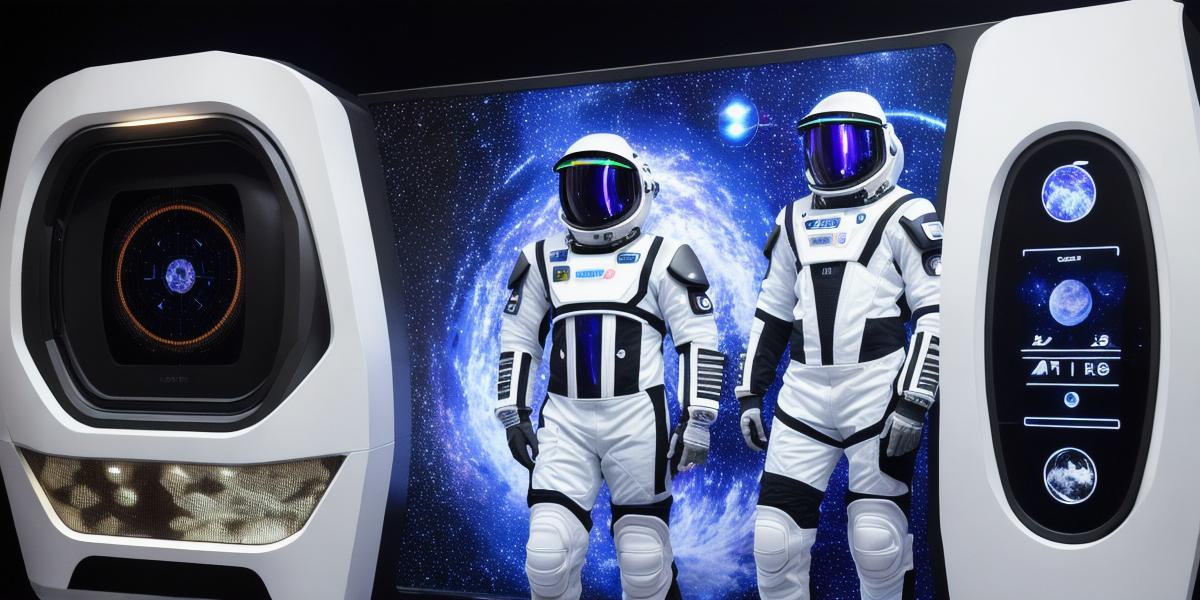Introduction:
Are you fascinated by space exploration and zero gravity environments? Or perhaps you are a simulated reality developer looking to create immersive and engaging experiences for your users? Look no further than the concept of simulated gravity, also known as "experience weightlessness on Earth". In this article, we will explore this exciting topic, delving into its origins, research, and potential applications.
Origins of Simulated Gravity:
The concept of simulating gravity on Earth dates back to the early days of space exploration. Astronauts were trained to adapt to zero-gravity environments in order to prepare for missions to the moon and beyond. However, this training was limited by the fact that humans can only experience a certain amount of weightlessness before their bodies begin to suffer severe physical effects.
Enter simulated gravity technology: researchers and engineers set out to develop methods for creating a controlled environment where individuals could experience a sensation of weightlessness without the risks associated with true space travel. The first successful simulations were achieved through the use of specialized equipment, such as air sleds and parabolic flights, which allow users to temporarily experience zero gravity.
Research and Experiments:
Since then, research into simulated gravity has grown exponentially. Scientists have conducted numerous experiments and studies to better understand the effects of weightlessness on the human body and to develop more advanced technologies for achieving these effects. These experiments have ranged from simple tests of muscle strength and bone density to more complex simulations involving astronauts in spacecraft.
One notable experiment involved a group of astronauts spending six months in the International Space Station (ISS), where they experienced microgravity conditions. The results were fascinating, with the astronauts experiencing changes in their bodies that were similar to those seen in long-duration space missions. These findings have since led to further advancements in our understanding of the effects of weightlessness and how to simulate these conditions on Earth.
Potential Applications:
The potential applications of simulated gravity are vast and varied. In addition to training astronauts for future space missions, simulated gravity technology has a range of other potential uses. For example, it could be used in the medical field to treat conditions such as osteoporosis and muscle atrophy, or in the entertainment industry to create immersive experiences for video games and movies.
Simulated gravity could also have a significant impact on industries such as manufacturing and construction, where weightless environments could be used to test and improve equipment and designs. Additionally, simulated gravity technology has the potential to revolutionize transportation, with zero-gravity vehicles offering new possibilities for travel and exploration.
Conclusion:
Experience weightlessness on Earth: exploring the concept of simulated gravity is an exciting and rapidly evolving field. From its origins in space exploration to its potential applications in a wide range of industries, this technology has the power to transform the way we experience and interact with our environment. Whether you are a simulated reality developer or simply curious about the effects of weightlessness, this article has provided a fascinating glimpse into this cutting-edge area of research and innovation.
